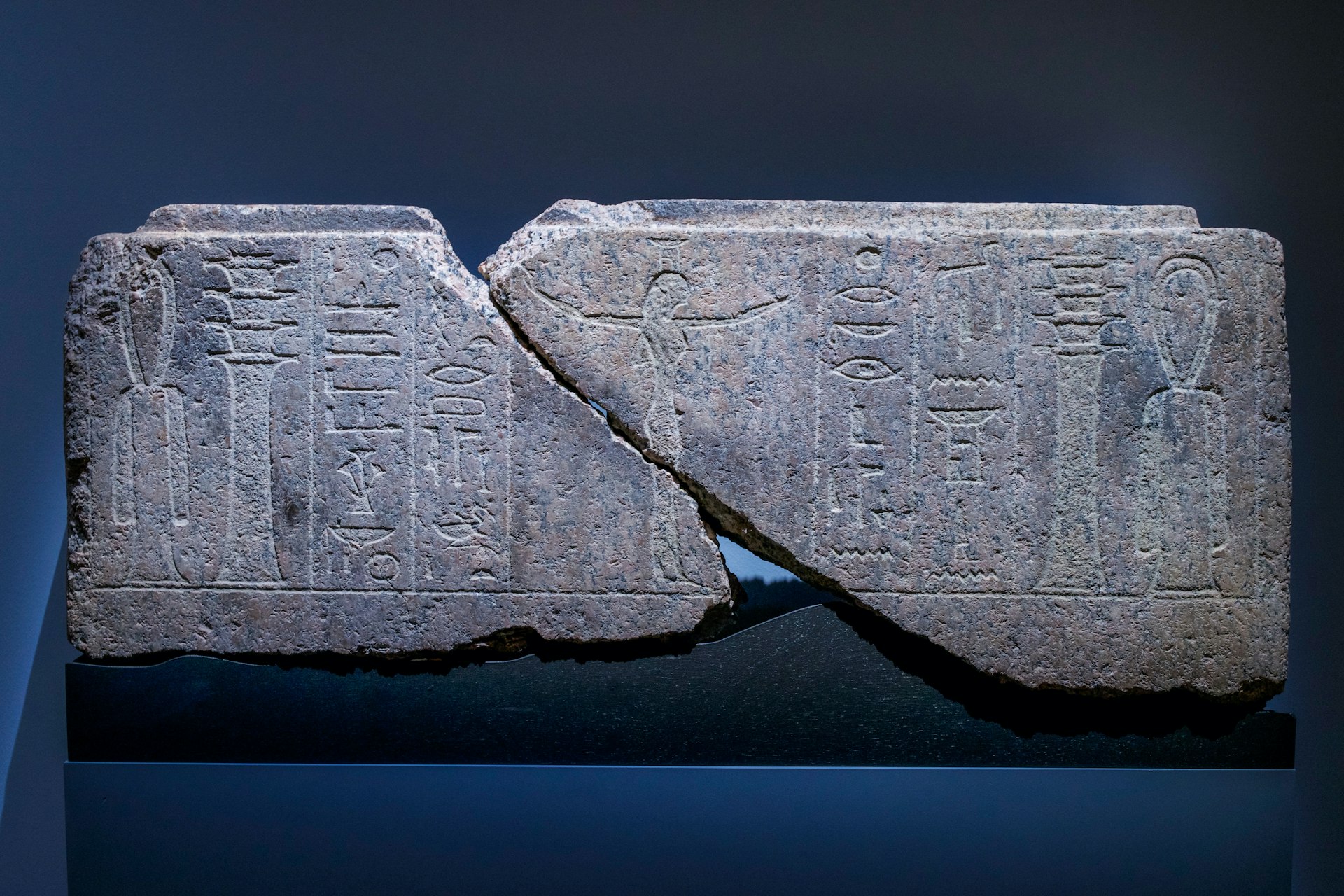Family Storytelling: Sustaining Cultural Legacy Across Generations

Photo by Annie Spratt on Unsplash
Introduction: The Enduring Power of Family Storytelling
Family storytelling is a vibrant tradition that binds generations, passing on not only memories but also cultural practices, values, and identities. In a rapidly changing world, these stories serve as living bridges to the past, helping families understand who they are and where they come from. Whether shared at gatherings, written in journals, or preserved through digital media, the art of storytelling transforms family history into a lasting cultural legacy [2] .
Understanding Family Storytelling as Cultural Legacy
Family storytelling is more than recounting events-it is the intentional act of transmitting heritage, beliefs, and collective wisdom. These stories weave together the experiences of ancestors, shaping a family’s shared identity. As families grow and diversify, their narratives adapt, ensuring that cultural legacy remains relevant and accessible [1] . The process is often multigenerational, with elders passing down artifacts, oral histories, and written records, and younger members taking up the mantle to preserve and expand the family archive.
The Benefits of Preserving Family Stories
Preserving family stories can have profound effects on both individuals and the family as a whole:
- Emotional Connection: Storytelling strengthens bonds, fostering a sense of belonging and continuity among members [2] .
- Cultural Preservation: Stories encapsulate languages, customs, and values that might otherwise be lost, making them accessible to future generations [4] .
- Resilience and Identity: Research shows that children who know their family’s stories tend to be more resilient and adaptable, with a stronger sense of identity [4] .
- Unity and Harmony: Shared narratives provide common ground, enhancing mutual understanding and unity at family gatherings [2] .
- Intergenerational Learning: Storytelling fosters respect and appreciation between generations, as younger members learn from elders’ experiences [2] .
Methods for Capturing and Sharing Family Stories
Families can preserve their stories using a variety of methods, each suited to different preferences and circumstances. Below are practical approaches, with guidance for implementation:
1. Oral Storytelling
Oral traditions remain a cornerstone of family legacy. Sharing stories during meals, reunions, or special events creates a participatory atmosphere. For those starting out:
- Encourage elders to share memories and anecdotes in their own words.
- Record these conversations (with permission) using a smartphone or audio recorder.
- Transcribe and organize recordings, labeling them with dates and speaker names.
Potential challenges include discomfort with technology or reluctance to share personal stories. To address this, create a supportive environment and reassure participants that their stories matter.
2. Written Records and Journals
Journaling and letter writing offer a structured way to capture family history. Consider these steps:
- Start a family journal, inviting contributions from all generations.
- Create prompts or interview questions, such as “Describe a family holiday tradition” or “Share a lesson learned from an ancestor.”
- Compile letters, diaries, and memoirs into a family archive.
Some may find writing intimidating. To overcome this, allow audio dictation or encourage informal, conversational writing styles.
3. Digital Storytelling
Technology expands opportunities for preserving and sharing stories. Digital methods include:
- Creating video interviews with family members.
- Developing a family website or social media group for sharing stories, photos, and updates.
- Using online platforms to store and organize digital archives.
Always ensure digital privacy by using secure passwords and limiting access to trusted family members.
4. Creative Arts
Family stories can be expressed through art, music, or theater. Examples include:
- Painting or drawing scenes from family history.
- Composing songs inspired by ancestral experiences.
- Staging family plays or reenactments at reunions.
Creative expression can help engage younger generations and make storytelling a dynamic, memorable experience.
Building and Maintaining a Family Archive
A family archive preserves not only stories but also photos, letters, and mementos. To establish an effective archive:
- Gather Materials: Collect documents, photographs, heirlooms, and recordings from relatives.
- Organize and Catalog: Use folders, boxes, or digital databases to sort items by date, event, or family branch.
- Preserve and Backup: Store physical items in safe, climate-controlled spaces. Digitize where possible, and maintain backups on secure drives or cloud services.
- Share Access: Create copies or digital links for family members, ensuring the archive evolves as new stories are added [1] .
Potential challenges include lack of resources or technical know-how. For support, consider contacting your local library or historical society for preservation workshops and guidance.
Practical Steps to Start Your Family Storytelling Journey
Beginning your family storytelling tradition can feel daunting, but following a step-by-step approach can help:
- Hold a family meeting to discuss the importance of preserving stories and to invite participation.
- Assign roles, such as archivist, interviewer, or digital organizer, based on interests and skills.
- Schedule regular storytelling sessions, either in person or virtually.
- Document and share stories using the methods above.
- Review and update the family archive annually, inviting contributions from all generations.
If you need help finding resources or workshops, consider searching for “family storytelling workshops” or contacting reputable organizations like local libraries, museums, or historical societies. Many offer free or low-cost guidance on oral history and archival techniques. You can also search for “oral history preservation” on the websites of your country’s national archive or cultural heritage office.
Overcoming Common Challenges
Some families may face challenges such as time constraints, generational divides, or painful histories. Addressing these issues requires sensitivity and adaptability:

Photo by Boston Public Library on Unsplash
- Time Constraints: Establish a manageable schedule, such as monthly storytelling evenings.
- Generational Gaps: Use technology or creative arts to engage younger members, and encourage elders to share at their own pace.
- Sensitive Topics: Approach difficult stories with empathy, allowing individuals to decide what and how much to share. Seek guidance from trained professionals if stories involve trauma or complex emotions [5] .
Alternative approaches include attending community events focused on heritage or joining cultural organizations that offer storytelling circles and intergenerational activities.
Case Studies: Family Storytelling in Action
Many families have successfully used storytelling to navigate challenges and build unity. For instance, the Phipps family, founders of Bessemer Trust, have preserved letters and mementos for seven generations, informing their business and family decisions today [3] . Similarly, studies at Emory University demonstrate that children who know their family narratives show greater adaptability and resilience [4] .
Conclusion: Making Your Family Legacy Last
Family storytelling is a dynamic process that evolves as families grow and change. By intentionally recording, sharing, and celebrating these stories, families can ensure their legacy endures for generations to come. Whether you are just starting or building on existing traditions, the journey of family storytelling is a powerful way to honor your heritage, strengthen identity, and inspire future generations.
References
- [1] Reyes & Irvin (2024). Conversations on Cultural Heritage: Confirming the Family Home as Archive.
- [2] SeniorTalk. Art of Storytelling: Preserving Family Histories.
- [3] Bessemer Trust. The Power of Family Stories.
- [4] The Family Proclamation. Names and Narratives: How Family Storytelling Shapes Resilience.
- [5] NIH (2011). Who Are We, But for the Stories We Tell: Family Stories and Healing.



